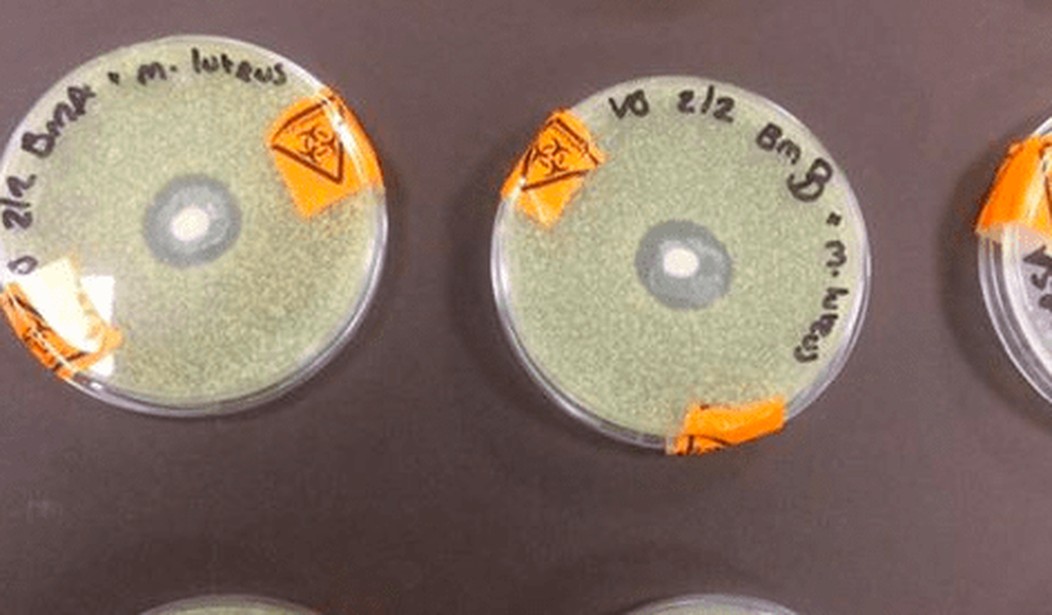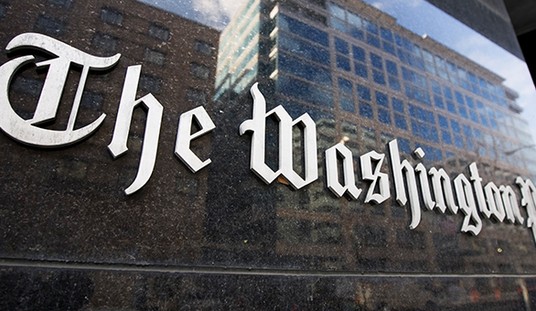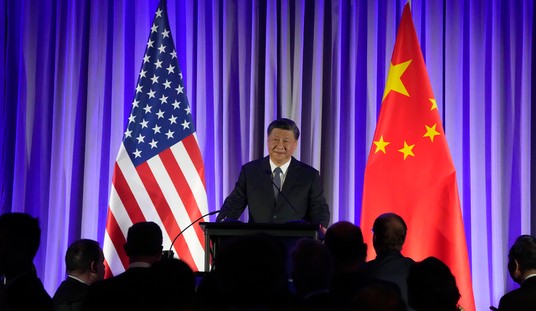It’s no news that breastfeeding has countless benefits for both a baby and his or her mother. And while it doesn’t always work for every family, the ones who do choose to feed their babies this way often see the results of those benefits time and again. One particular aspect of breast milk that is incredibly helpful is its ability to help a child fight off infection. Breast milk is ripe with antibodies. Even more astounding is that a mother’s milk changes depending on the needs of her baby. If a baby is fighting an infection that the mom’s body has been exposed to, her milk amps up the antibodies for that particular infection. As a result, the baby recovers much more quickly than if he hadn’t had the breast milk in the first place.
It’s easy to dismiss such benefits if you’ve never seen evidence of them, however. As a mother who has breastfed both my babies (who both had colds before they turned three months old), I know that their symptoms could have been far worse. I quite literally nursed them back to health. But if you’ve had any doubts, a picture is worth a thousand words.
Vicky Greene, who is a first-year biosciences student at South Devon College in Paignton, England, posted pictures of a recent experiment that she did involving breast milk. And the Internet went wild. Greene loaded up several Petri dishes with the bacteria M. Luteus. She then placed little white disks in the center that had been soaked in breast milk (some from a mother nursing a 15-month-old, and others from a mother of a three-year-old). Incredibly, there was a clear ring around the disks showing that the milk’s proteins had fought away the bacteria.
Greene has even more plans for her breast milk experiment, as Babble explains:
Greene also shared that for her next experiment, she is going to use colostrum (the yellow-colored, immune-fueled milk that a baby gets right at birth, before a mom’s milk fully comes in). She also stated that she’s already done this same experiment with e. Coli and MRSA bacteria, showing similar results.
Greene’s experiment immediately reminded me of a groundbreaking study that came out in 2010 showing that breast milk has a substance in it called HAMLET, which has been shown to kill 40 types of cancer cells. This is huge, not just because it explains why breast milk has the power to protect breastfed babies from cancer, but also because researchers are finding ways isolate HAMLET from breast milk and use it to treat all different types of cancer.
Another important part of this experiment is the fact that the breast milk used was for babies past their first year of life. It demonstrates that the milk still has beneficial properties for those who continue to breastfeed into the toddler years. Some critics of the practice claim otherwise. But there is no denying the results of Greene’s experiment.
Edit(because the post is public now!): I'm a first year Biosciences student and I'm doing this for my microbiology…
Posted by Victoria Catherine on Monday, February 6, 2017









Join the conversation as a VIP Member